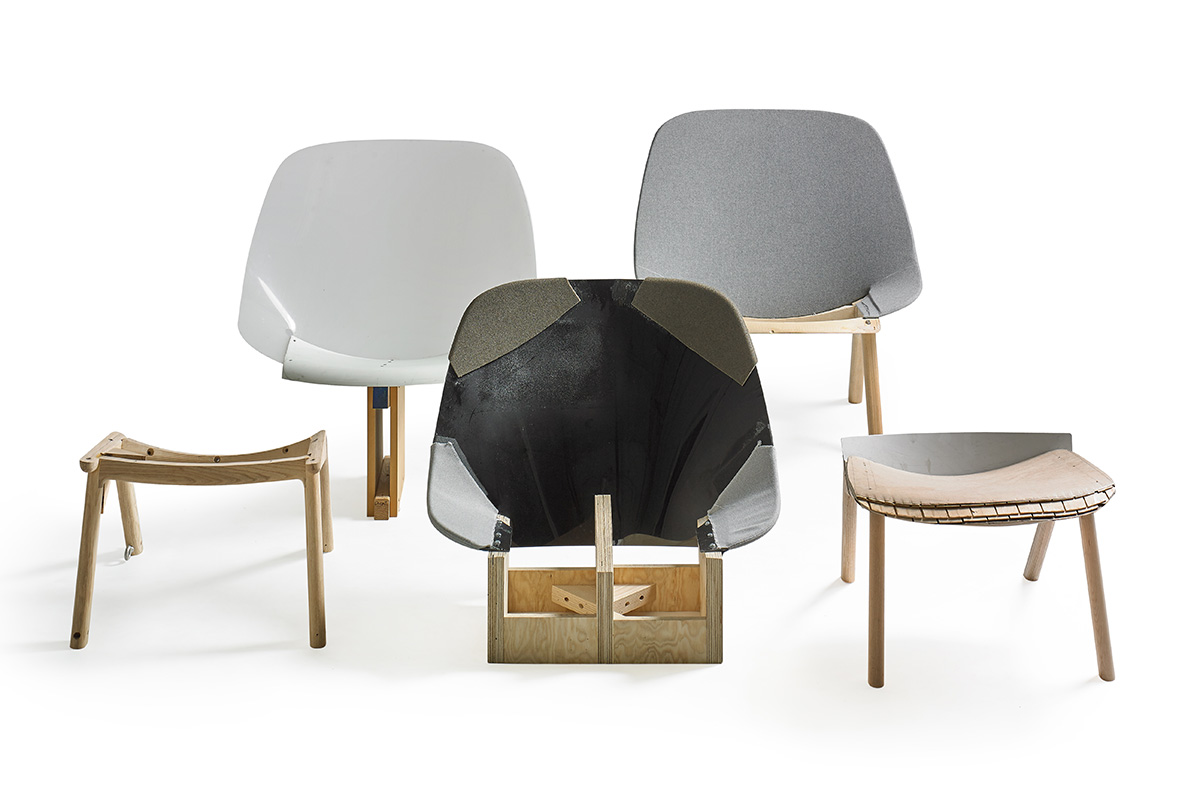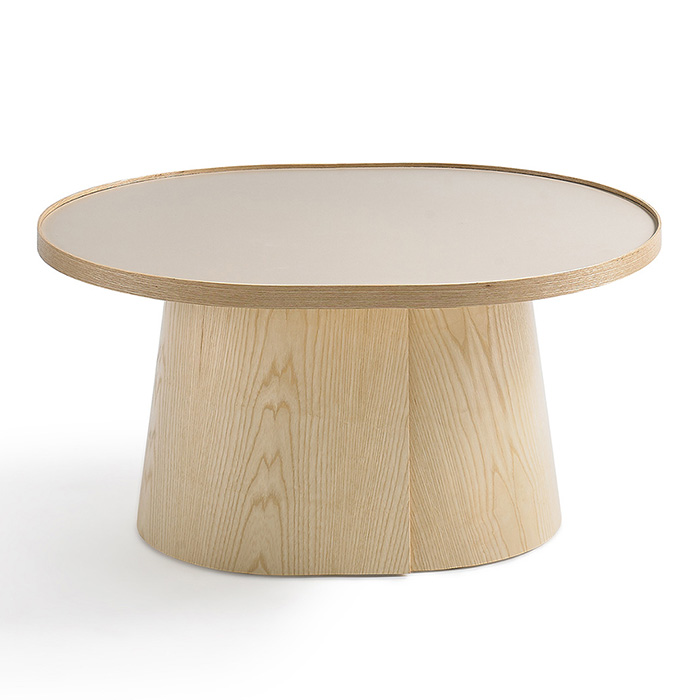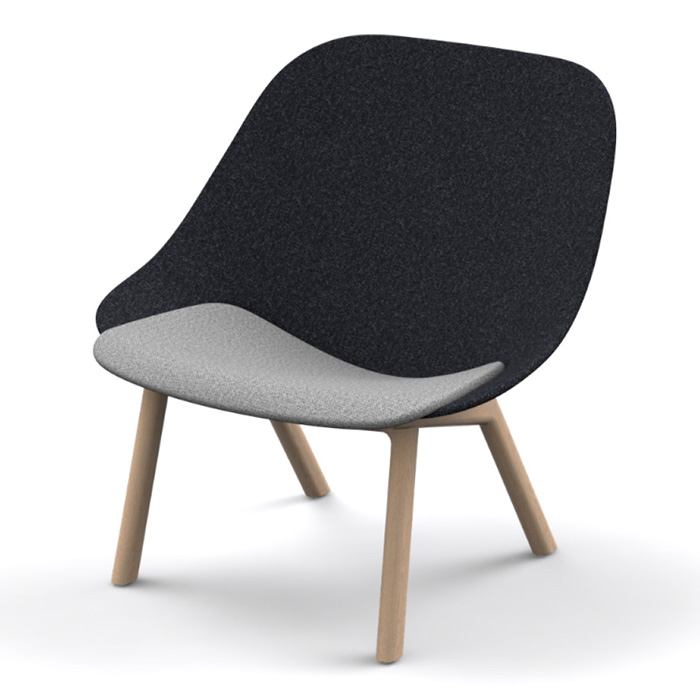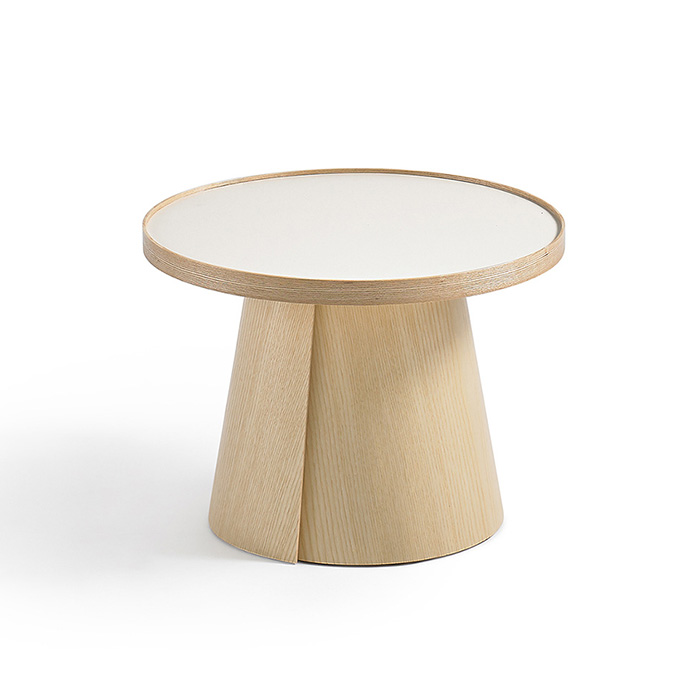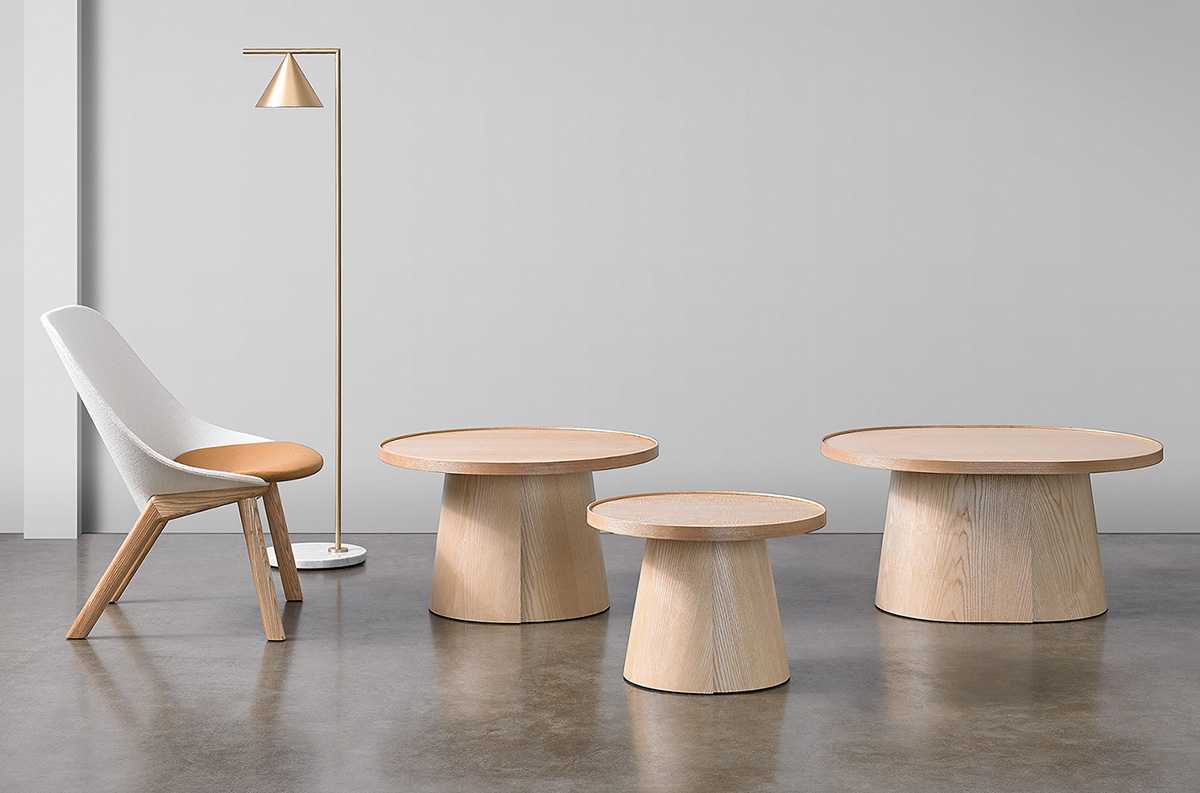
About Studio Gorm
Oregon based Studio Gorm, founded by John and Wonhee Arndt in 2007, have committed themselves to exploring culture, history and technology to see how these can come together and be applied to modern day living, making objects for the home that have longevity in mind.
Studio Gorm are part of ‘Furnishing Utopia’, a collective consisting of 26 designers that work with cultural and educational institutions to gain a deeper understanding of design culture and history.
Introduction
Seattle based Memo focuses on design’s ability to positively affect the human condition. Using only the essential elements in each design they look to carve out a distilled image that’s free of excess and the unnecessary. Not only to serve functionally to us as humans, but also to provide more meaning and fulfilment in the spaces that we revolve around on a daily basis.
Looking for a selection of the well designed tables and lounge chairs they sourced the help of John and Wonhee Arndt of Studio Gorm to produce a series that condenses the best of handicraft and modern design. This is how the ‘Penna’ collection came about, a series that explores the American Shaker tradition, studying how natural materials behave when bent and formed.
The Penna Lounge is a contemporary expression of functional design and understated complexity. Its sculptural lines define a profile and silhouette that is certainly unique. Featuring a flexible back that moves with the body in a soft and supportive manner, allowing for natural changes in posture.
The Penna tables on the other hand have a wrap around design and have their roots more in the Shaker tradition. Using bentwood in this manner showcases a cohesiveness and simplicity that can easily be seen in Shaker design.
Studio Gorm and Memo have come together to make a functional and aesthetically pleasing series that’s sure to be an icon and stand the test of time. See more in our shop.
Interview with Studio Gorm
Both of you have backgrounds in sculpture and craft and I’m pleased to see this is a vital part of your design process today. Have you always been interested in how craft and design intersect? How does it play a role in the work that you’re producing today?
John trained in sculpture and as a potter and cabinet maker before finding design, Wonhee has a background in sculpture with a focus on materials and form. So approaching projects from a material perspective is natural starting point. Often projects will evolve out of a small detail a connection or a material property and the workshop is an important part of our process. We try to build things in as close to the finished material as we are able to in our studio so that we have a better understanding of a project. A lot of the best details come through this process.
Although you span all areas of product design there seems to be a particular focus on furniture. Why is this and why does furniture seem like an important point of exploration?
We like to be able to test material properties and explore anthropometric considerations that go into designing of objects. Furniture is one of the best object categories to test these ideas out and get direct feedback if something is working or not. There is something great about the scale of furniture, somewhere between object and architecture, it can create its own space.

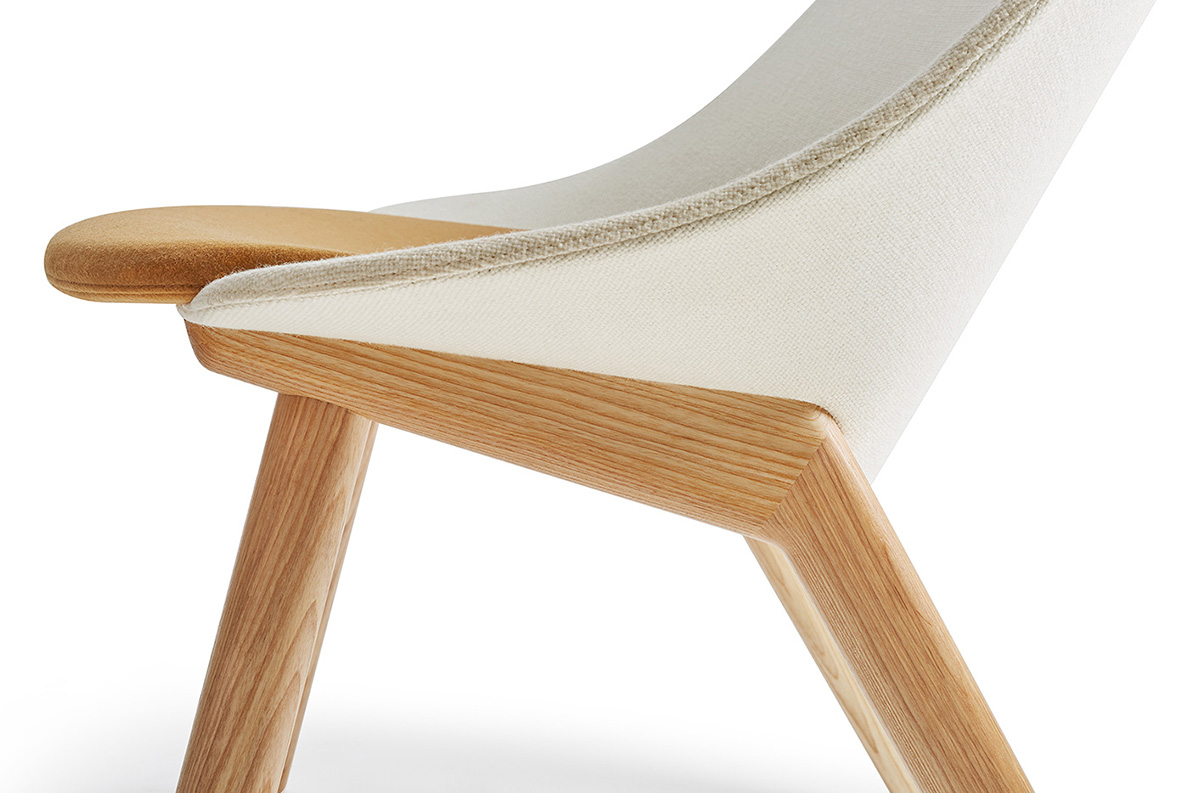
You reference the Shaker tradition in much of your work. How did this interest begin and why do the Shakers specifically interest you? What elements do you try and bring through in to your own work?
We have always been interested in the idea of an aesthetic durability in design, Shakers are one of the best examples of this idea put into practice. We also appreciate the thoughtfulness that goes into the design and creation of every object in Shaker culture, from a small tool, to a chair, an interior and into the buildings and even town planning. There is a an important principle of unity in the Shaker communities where objects are considered in harmony with the rest of the environment, everything is designed and created in consideration to everything else. When we design objects we try to think about how they relate to other objects and people as well as the spaces they live in.
The tables from the Penna collection have one sheet that’s wrapped around making the main body. The lounge chair has a large backrest that swoops around the body. What was the intention behind this? Did you have a particular feeling you wanted to convey through the curvature of these pieces?
We wanted to have an understanding of the material and explore the potential of what it could be. How could we take a simple flat piece of material and make it into a complex and comfortable seating object, and how could that translate into a supporting element for a table. There is a good balance between the controlled form dictated by the base and the natural forms that the material itself creates in response to these shapes. For us the tactile feedback of the materials is important element of the design.
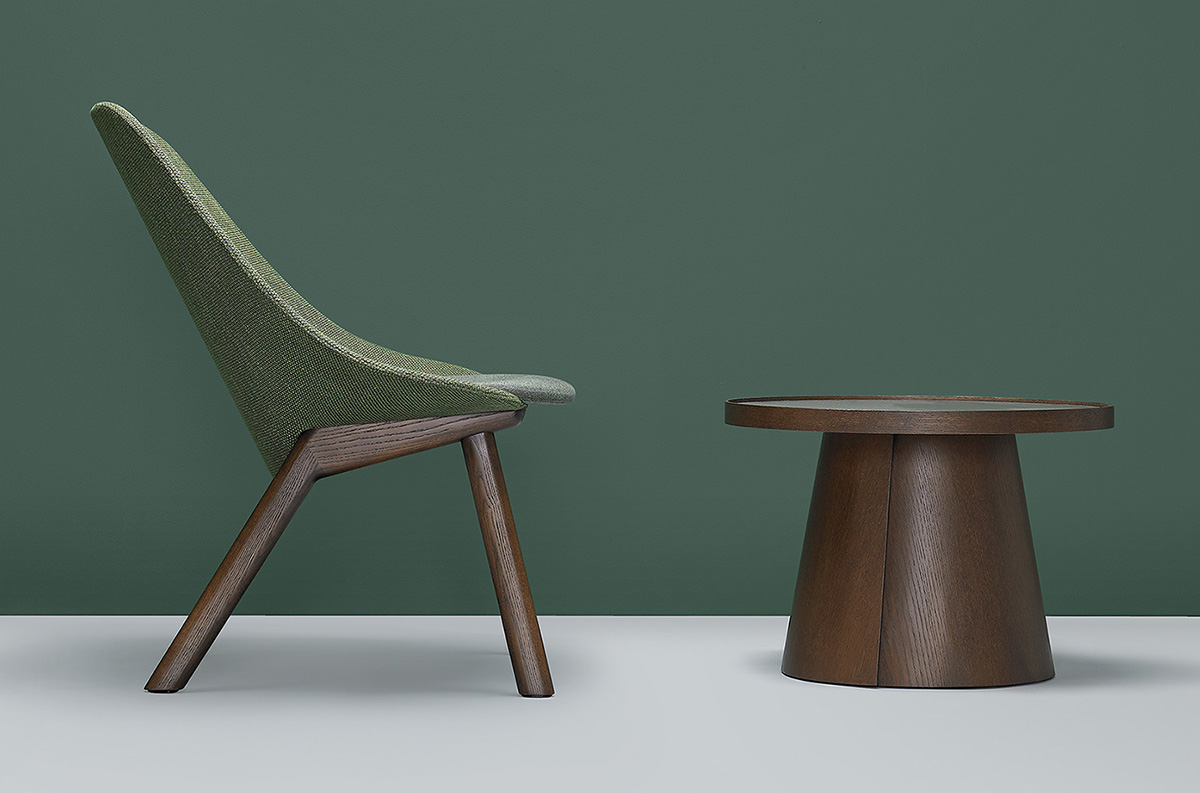
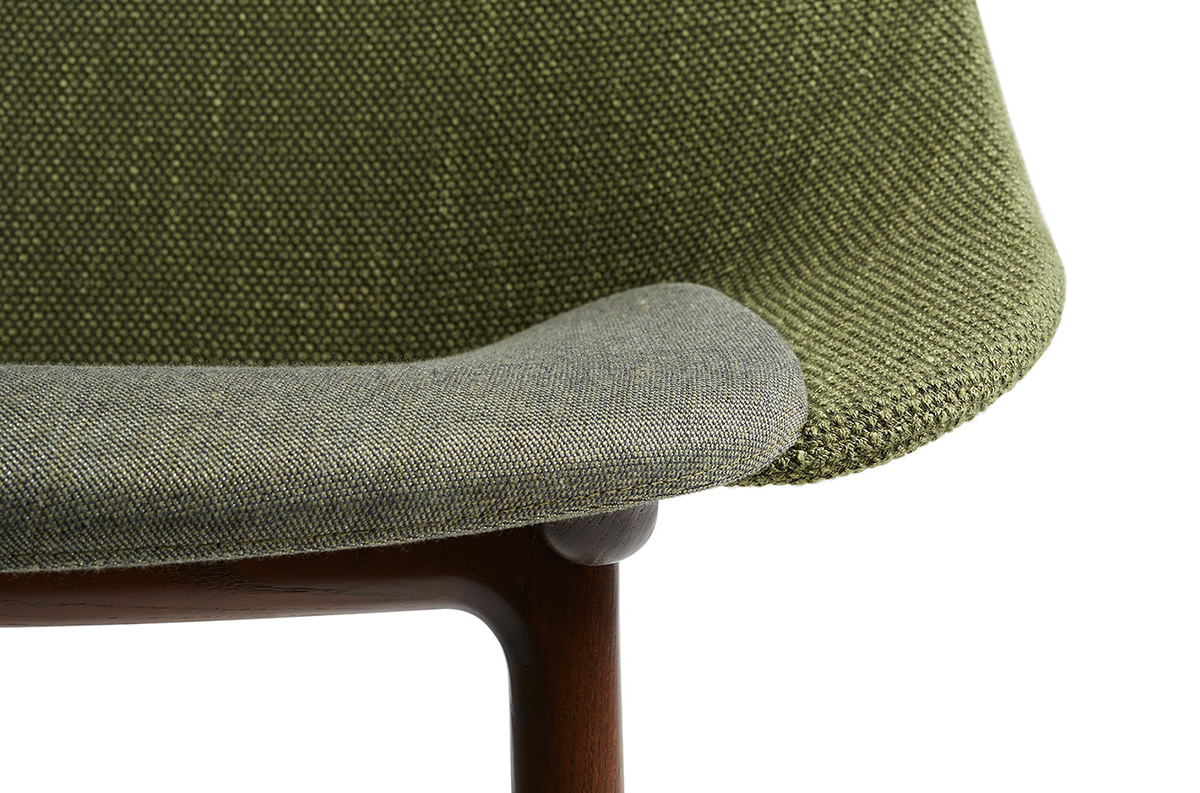
Could you give us an insight in to the design process behind the Penna collection. What other references did you use and how difficult was it to make the initial prototypes?
As above, it was a lot of material experimentation to find the right controlling forms and the right material that would generate a strong light and comfortable shape. The difficulty was that the process was a little unconventional in how a lounge chair is made. Memo was a great partner in understanding and preserving this idea throughout the development into production.
One thing we like about all your work is the cohesiveness between the different collections. Each series seems to play with one element and you then expand on it. Is this something you think about during the design phase? Or does it occur naturally?
This comes back to the idea of Unity as above. But also every new project is informed by past projects. a detail or form that we are still interested in exploring further. Certain elements or themes reoccur throughout out work.
Can you shed any light on some current projects? Do you have any particular interests or other sources of inspiration?
We are currently preparing the 5th edition of Furnishing Utopia, the Design collective that we founded in 2015 and this years theme is exploring the idea of the good life through the lens of mid century modernism in America. We have traveled to Columbus Indiana to look at this unique town that was built with strong idealism of Modernism and is exemplified by a number of public buildings built by Alexander Girard, Erro and Eliel Saarinen and many more.
Finally, what would you say to other aspiring creatives or designers out there who are inspired by what Studio Gorm are doing?
Travel when you can, look at real things, make stuff even if you don’t have a client, and keep your personal standards high. Stay true to your own voice and look for your own influences. Over time your personality and expression will come through in the work, and people will appreciate it.
